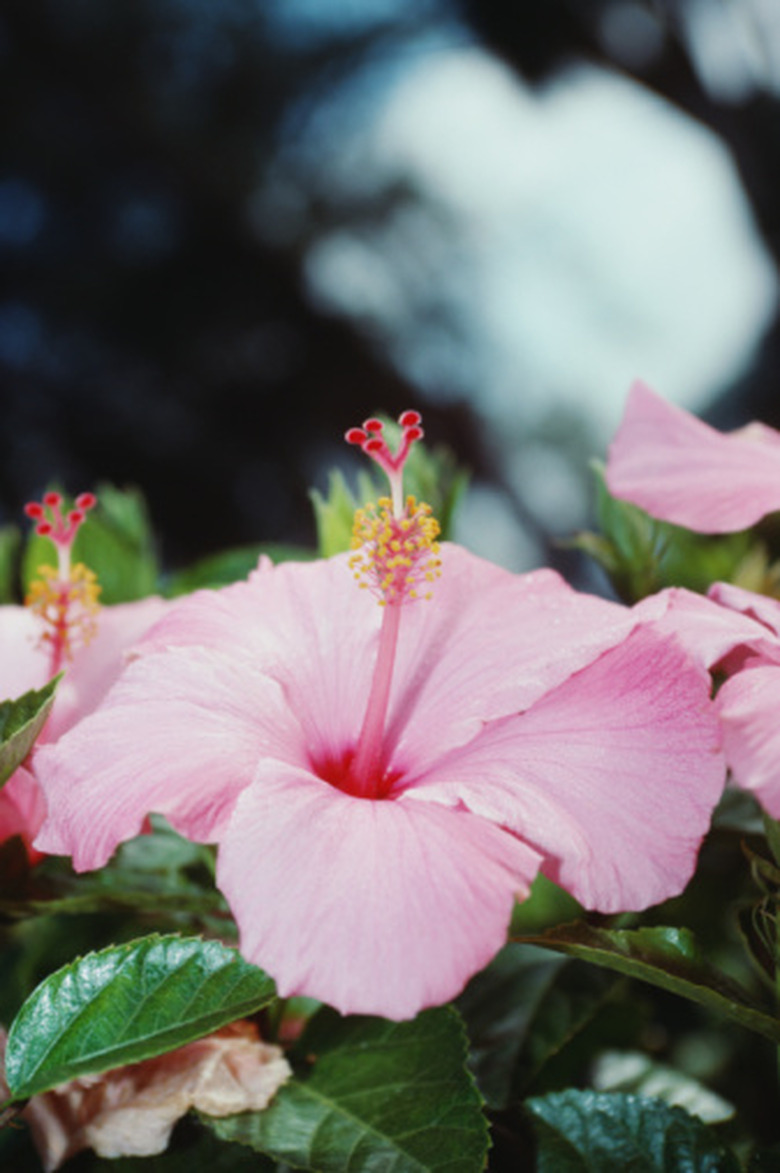How To Dissect A Hibiscus
Things Needed
- Paper towels
- Tweezers
- Magnifying glasses
Elementary and middle school students can dissect a hibiscus to learn about plant anatomy and the functions of each flower part. Students can compare the dissected flower to a classroom model or chart to identify basic anatomical features such as sepals, petals, pistils and stamens. At the end of the lesson, students should be able to describe the function of a flower and how it produces seeds. Hibiscus flowers are ideal for this project because of their large size.
Step 1
Place an intact hibiscus flower on a paper towel.
Step 2
Examine the flower's base for the sepals, the green, leaf-like structures outside the petals. Lift the structures with tweezers and pull them back to expose the full length of the petals and the ovules underneath.
- Elementary and middle school students can dissect a hibiscus to learn about plant anatomy and the functions of each flower part.
Step 3
Remove each petal with a pair of tweezers or your fingers. Lay them on the paper towel.
Step 4
Examine the now-exposed stamen. Use a magnifying glass to examine pollen grains on the stamen.
Step 5
Remove the stamen with tweezers to reveal the pistil in the center of the flower.
